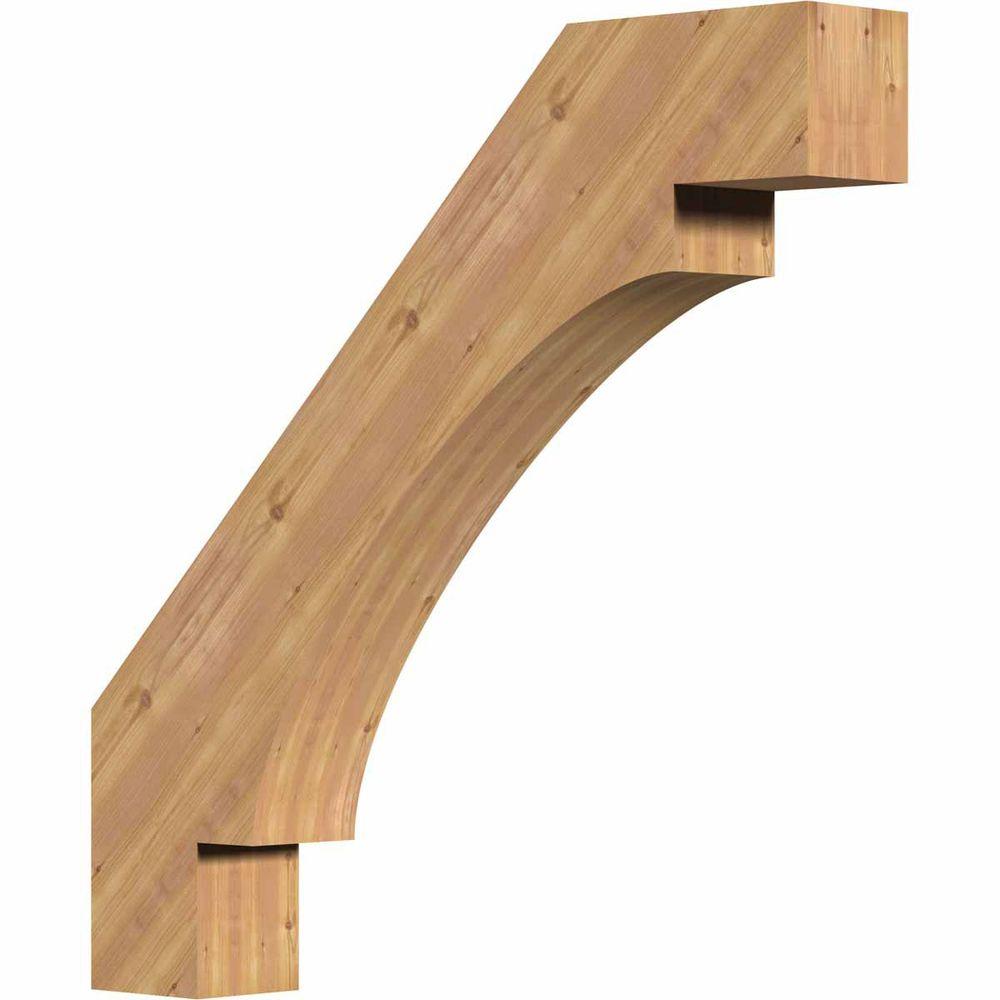

Of course, putting fasteners too close to the edges wouldn't be the best way to do that (and I think it helps to guide the nails myself, to keep their angle consistent).Ībout the angle of attachment though, I looked up what the center of gravity for fasteners might have to do with it, and another blurb (from Structural Design for Engineering Technology) says " The resisting forces developed in the fasteners by the torque are proportional to their respective distances to the center of gravity of the fastener group. So I guess it's most important that it stays tight, regardless of its angle of attachment. When spiked or bolted in place, they should fit snugly and be at least slightly strained." The Elements of Civil Engineering says " Whatever the style of bracing employed, it must be borne in mind that the effectiveness of bracing depends largely upon the throroughness with which it is fastened to the parts to be strengthened. I tried looking that up for reference, but I guess it's more of a theoretical question (in that no guide which mentions cross bracing seems to describe what angle to fasten it at).

Do you think this makes a difference in general though? It's attached as strongly as anything else for my purposes. However, my question was about attaching those angles to each other in any situation, which I'd think would be a rule of thumb.Īs far as what I was talking about, it looks like they have the lag screws going in at a 45 degree angle, whereas I put the nails up through the middle of the triangle formed where the top lag screw is in the picture (by going at a 45 in the other direction). My goal is to reinforce areas where there is room to do so, whether or not it is required according to hoyle. Some sources say that sway bracing is required to meet those specs on posts over 10 feet. I used smaller braces to match the angle of a small arch behind my extra support, so I think they add some effectiveness in cross bracing too, whether they are most effective for adding as much extra support as possible, it can't block an open area either, which is too small to even meet that minimum. Well that's not what I'm working on in particular, but good to know. No problem though, it's an obscure question isn't it, I mean literally (if it depends on how you look at it). Personally I don't see how adding a brace of any size could hurt, but that wasn't the point.

2x4 braces code#
Okay that would be dependent on something else (like a code wedgy, if there is such a phrase), which also makes the trial and error of technique a trial and error of overcomplicating the question. I was wondering about techniques for that in general, but now I'm thinking the word "beam" jinxes answers which would have to do with carpentry in general, maybe a simple question at face value, for those in the know, but no?. I guess additionally holding a scrap of wood that is cut to meet the angle to the middle of the diagonal piece's end would allow me to get the fastener pointed in the right direction there (and it looks like that would also be 45 degrees where the edge of a scrap piece met the beginning of the angle on the piece to be fastened). Or the fastener might end up in the middle of that if I drew the line from the short end across the face of the board and put the nail in between there and the edge. Well, looking at it against a scrap of wood, I'd probably want to draw a straight line from the short end of the 45 across the edge of the board, then go up the middle of the triangle it makes.

It's more of a framing thing (aesthetics), not to do with applicational advisement.


 0 kommentar(er)
0 kommentar(er)
